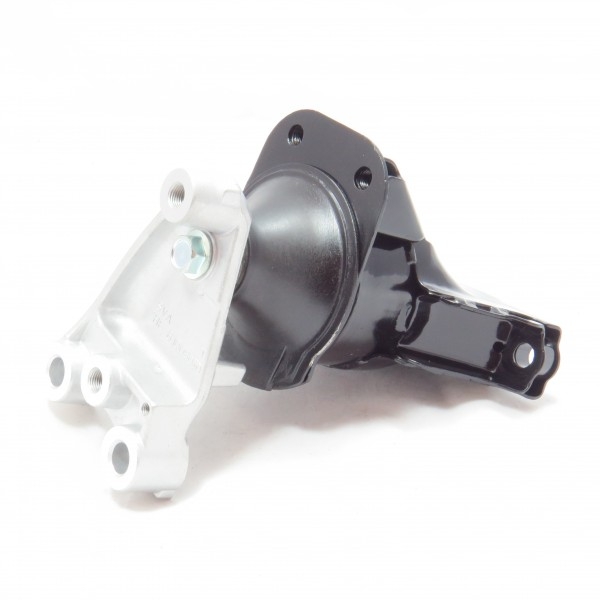The Ultimate Engine Mount Know How
From hydraulic VS. solid, why they fail, and things to watch out for while inspecting and changing

What is an engine mount?
An engine mount, also known as a motor mount is a mix of metal and rubber bonded together that holds the engine of your vehicle in. Transmission and differential mounts are the same thing in our eyes as they serve the same simple purpose "hold the main components in the vehicle". Most rear wheel drive vehicles have 2 engine mounts, then the transmission mount is in the center, and the differential mount is in the back of the vehicle (front for 4 wheel drive vehicles) and front wheel drive, or transverse mount engines usually have multiple engine & transmission mounts. 3, 4, 5, 6 and sometimes more is common. They are attached to the frame and the rubber helps isolate vibrations. These mounts fail over time and can cause a multitude of problems from extra or strange sounds or vibrations, to the engine banging around in the engine bay and damaging other components due to its excessive movement.
Symptoms of a Bad Engine Mount
These are the usual symptoms of a bad engine mount:
-
Thump sound when shifting, or accelerating
-
Unintended acceleration (for older vehicles)
Older vehicles (early 00's and before) have a physical cable connection from the gas pedal to the throttle body. If the engine moves enough, in some cases it can allow the throttle cable to be pulled and cause unintended acceleration. In cases like this, quickly slide the lever from Drive to Neutral. All vehicles allow you to shift into neutral at all times.
-
Excessive vibrations or noise
If the engine vibrates excesively or has lots of rattling going on, it could be a broken engine mount. This can happen subtly slowly over time as well and many owners may not even recognize this.
-
Fluid Leaks Near The Mount
You may not even realize that you have bad engine mounts
This is one of the most common scenarios. Here's the thing: engine mounts are rubber. They all wear out over time. Some will be replaced more often than others. For example, transverse mount engines typically wear down the front and side mounts faster than the other mounts. If you don't have the typical "thump" symptom, you may have more vibrations and general engine slop. Take my car for example: I drive a 1997 Honda Civic for commuting. In this car, the front lower and upper left engine mounts take most of the force. I know they wear out before the rest of the mounts, but I never realize when it happens because they slowly wear out over the years. When I replace them, I notice an immediate change as soon as I start the car. The car starts up faster and feels solid. The vehicle is much more responsive. I would have never guessed that the mounts were worn out, but it got by me.
Do I have to replace all of my engine mounts at the same time?
It depends. We recommend inspecting all of your engine mounts. If one is broken, there may be another broken one as well. Driving with a broken engine mount puts extra stress on the good engine mounts causing them to be frequently stretched more and fail sooner. If you have been driving around for months and months or even years with a bad engine mount, you may need to replace a couple, or even all of them. If 2 mounts are broken and worn out, but you only change one, your new engine mount will fail sooner. It's up to you to inspect your engine and transmission mounts and change all of them that are broken, or show any signs of significant tearing, or leaking fluid.
Other causes for engine mount failure
Transverse mounted engines (front wheel drive and AWD) that have a lot of power and torque tend to break mounts sooner. Hard acceleration from a stop, racing, and frequent "spirited" driving can result in having to replace the mounts every couple of years or even sooner, especially for high powered and higher torque engines (V6, V8 and bigger)
Things to watch out for while installing engine mounts
Replacing engine mounts can be easy or time consuming depending on the vehicle, but the job is quite straightforward. The only thing we highly recommend is to not overtighten certain type of engine mounts. For example, engine mounts that attach directly from the rubber such as the upper right hand mount on the 2009 Honda Civic should not be overtightened. Overtightening certain engine mounts will cause the rubber to be stretched a little bit. This can cause excessive vibrations, and a prematurely failed engine or transmission mount.

